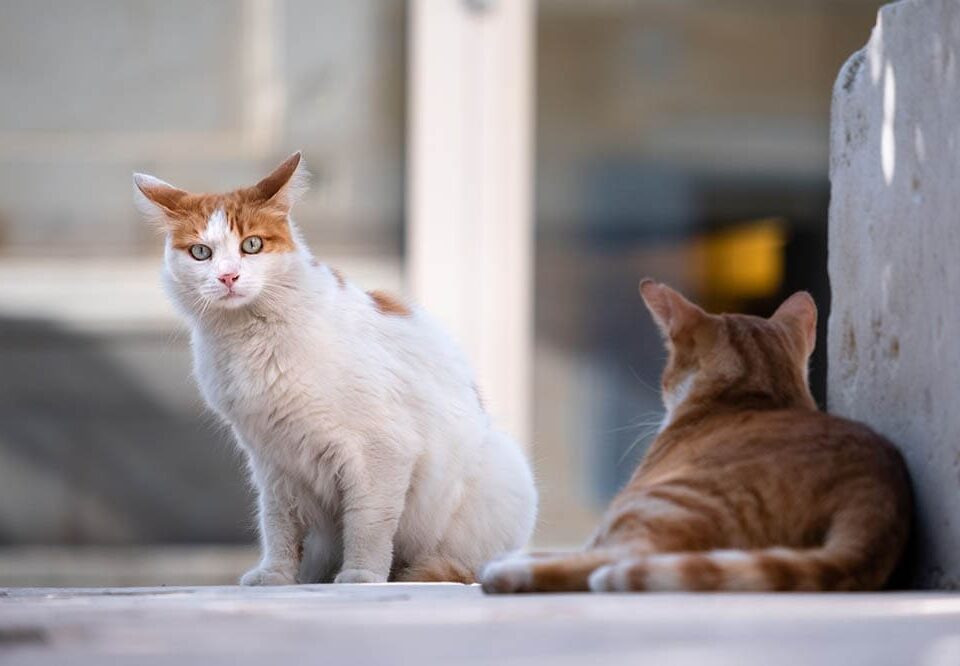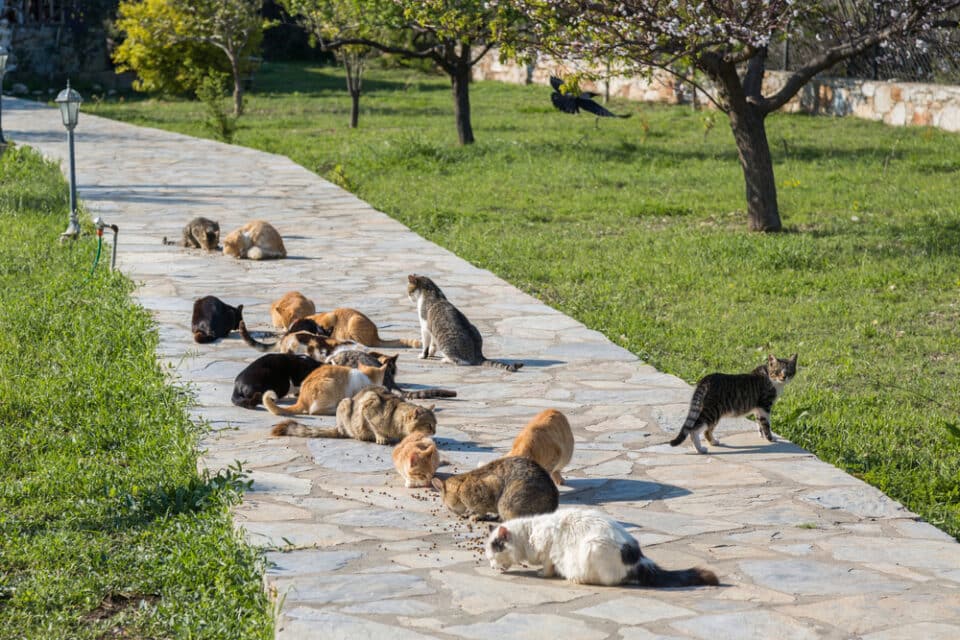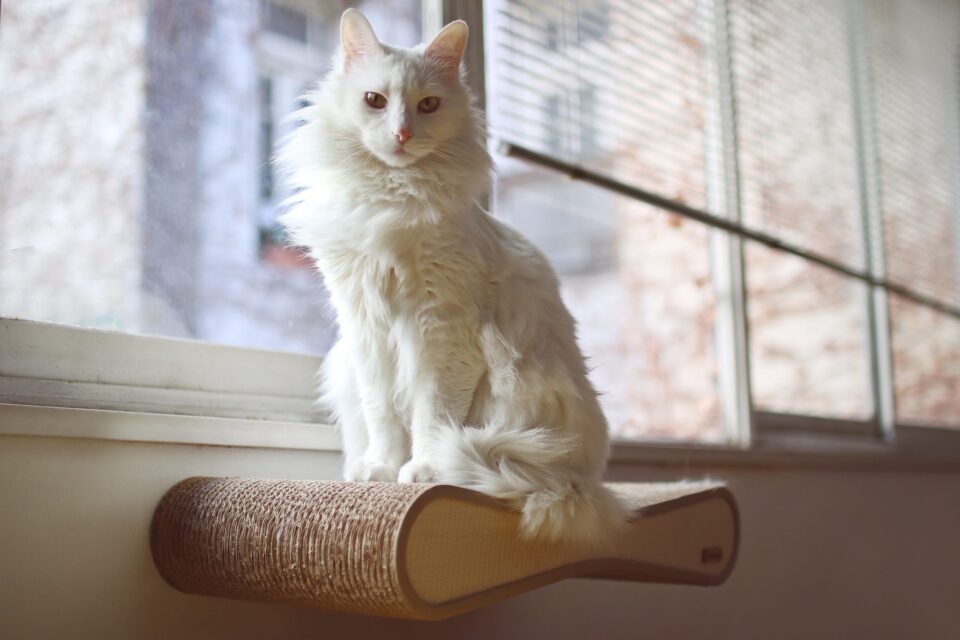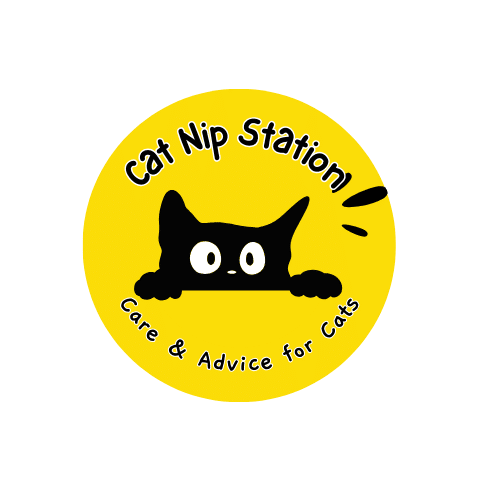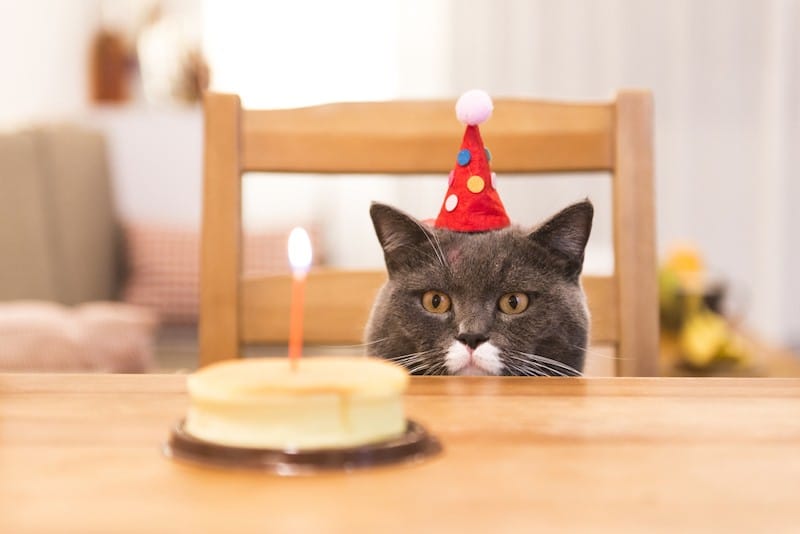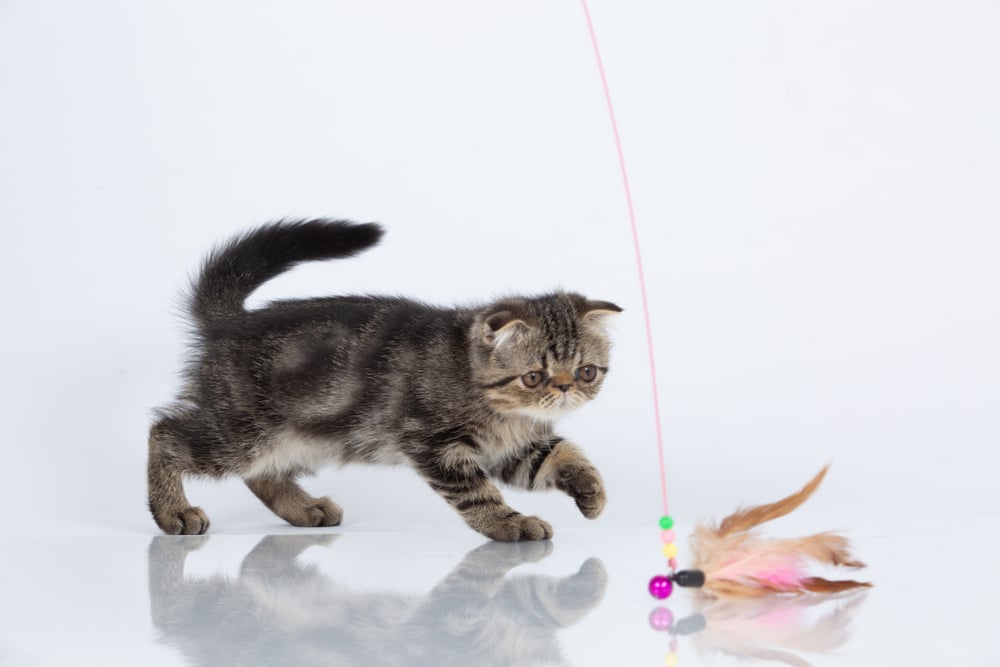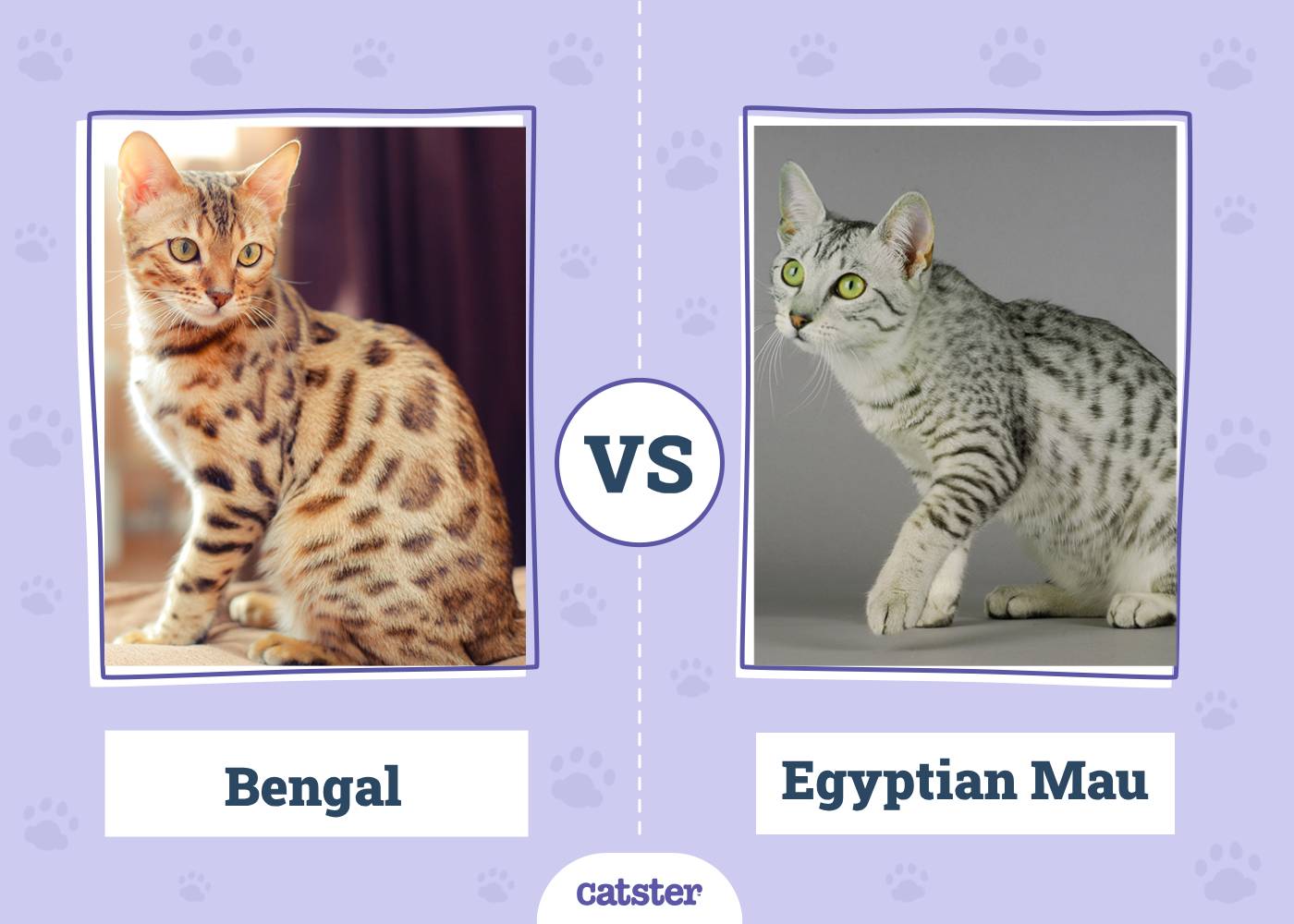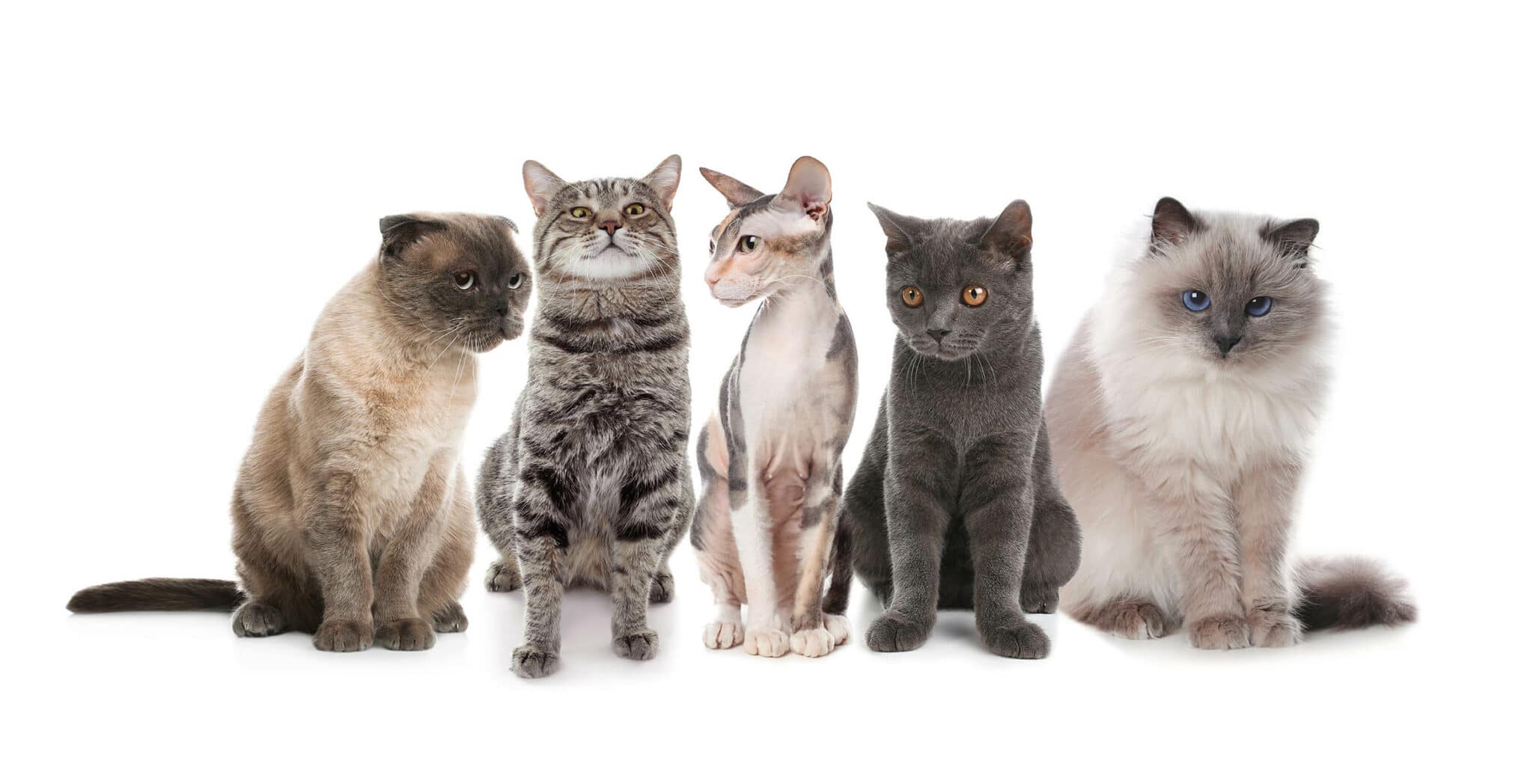Ever wondered if those mysterious feral cats are just prowling night stalkers or if they have a playful side? These elusive feline friends might surprise you. While they often avoid humans, when they think no one’s watching, feral cats engage in a world of play that echoes their wild nature. Discovering this playful behavior can be both fascinating and heartwarming, shedding light on the complex lives of these animals.
Dive into the secretive world of feral cats and learn about their playful antics. These behaviors aren’t just for fun – they’re essential for survival. Young feral cats, in particular, engage in activities that mimic hunting, ensuring they hone crucial skills for adulthood. By understanding their play, you glimpse into a part of their life that’s rarely seen by human eyes.
Why Do Feral Cats Play?
For feral cats, play is more than just a pastime; it’s a vital part of their development. Young cats engage in playful behaviors that help them develop important abilities necessary for survival. Although adults might not play as much, the skills learned during their youth are carried into their adult lives.
Play keeps their minds sharp and bodies agile. Imagine kittens tumbling, wrestling, and chasing shadows—it’s serious business! Through play, they’re practicing hunting skills, building muscle strength, and maintaining good coordination. These are not just games. They’re preparing for the challenges of the wild world around them.
How Do Feral Cats Engage in Play?
The way feral cats play mimics their hunting instincts. Kittens often pounce on their siblings, stalk imaginary prey, or bat at leaves and pebbles around them. Their actions are more than adorable—they’re an intricate survival training.
Feral kittens might play with whatever they find. Be it a feather, a stray piece of fabric, or even a fallen leaf, their imaginations turn these into prey. This type of play is foundational, helping them hone skills they’ll use throughout their lives.
As kittens grow, the nature of their play evolves. Initially playful tussles with siblings turn into more refined solo games. This transformation marks their growth and readiness for adult responsibilities, like hunting and territory protection in the wild.
Feral Cats and Human Interaction
Human interaction is typically not part of a feral cat’s play repertoire. These cats are wary of people and tend to keep their distance from humans.
Due to their wild upbringing, feral cats avoid human contact. It’s not about shyness. It’s pure survival instinct, passed down generations. The less they interact, the safer they feel from perceived threats.
Approaching a feral cat might result in defensive behavior. It’s crucial to understand they’re not mean—they’re just protecting themselves from what they interpret as danger.
Feral Cats Playing with Each Other
When it comes to playing with their own, feral kittens are quite social. Games of chase and mock fights are common. This social play is more than just fun. It prepares them for adult life.
Kittens raised in colonies often form bonds that last through adulthood. These relationships are cemented through play, allowing them to learn trust and cooperation, which are critical for survival in a group.
Adult feral cats may play less, but when they do, it’s a reminder of their carefree kitten days. Even in tough circumstances, their bonds remain a source of connection and learning.
Safe Toys for Feral Cats
While it might seem like a good idea to offer toys to feral cats, it’s generally not encouraged. Interaction with feral cats should be minimal to avoid stress or aggressive reactions.
If you come across stray cats or kittens, offering them cat-safe toys is fine—especially if you plan to adopt. Balls with bells or feather teasers can enrich their environment.
For truly feral cats, their surroundings provide natural entertainment. Sticks, feathers, and fallen leaves serve as the perfect tools for play, allowing them to engage in instinctive behavior without human intervention.
Safety Around Feral Cats
Approaching feral cats requires caution. These animals are not domestic, and respecting their space is essential for everyone’s safety.
To ensure safety, it’s best to keep distance and observe these curious creatures from afar. Never try to pick them up or force interaction. Their reactions can be unpredictable, driven by self-preservation.
Provide food or water from a distance to avoid habituating them to human presence. It’s about keeping a respectful relationship without interference.
Helping these cats must be thoughtful. For example, collaborating with local animal control or joining a Trap-Neuter-Return (TNR) program can make a significant difference.
TNR programs aid in controlling the feral cat population and improving their overall quality of life. These efforts help prevent overpopulation while ensuring each cat’s better health through spaying and neutering.
Every tiny step in treating feral cats with care and caution can affect the community’s welfare and the cats themselves. It’s not just about being kind but also responsible.
Helping Feral Cats: More than Just Feeding
Supporting feral cats goes beyond offering food. Implementing TNR programs helps manage their population and ensures healthier colonies.
Creating safe shelters for them protects these felines from harsh weather. These acts demonstrate that care extends beyond a full belly—it’s about helping them thrive.
Volunteering with local organizations can also be a significant way to contribute. These groups often have insights and resources that make assisting feral cats more effective.
Managing Feral Cat Populations
Managing feral cat colonies is complex but necessary. TNR programs are widely recognized as effective solutions. They focus on long-term benefits for the cats and community.
By spaying and neutering, these programs curb population growth and ensure healthier lives for feral cats. It minimizes the number of litters born into the wild environment.
Such management leads to improved quality of life for remaining cats. They’re healthier, less stressed, and more integrated into their environment, away from human conflict.
Efforts in population management include safe zones and feeding stations. These measures help monitor health and provide stability within colonies.
Providing medical care and vaccinations are also integral parts, preventing the spread of disease within feral communities.
A well-thought-out management plan highlights the importance of balance between the needs of the environment and the necessity of humane treatment of feral cats.
A Look into Feral Cat Behavior
Understanding feral cats’ behavior broadens appreciation for these creatures. Their instincts drive every move, yet there’s an undeniable innocence when they’re at play.
Observing their playful interactions provides insights into their social structures and survival strategies in the wild.
Each playful bout offers clues about their daily lives. Their survival depends on the skills sharpened through these interactions, making play a critical element of their existence.
Feral cats may appear aloof, but their playful nature tells another story. Their games are key to survival, shaping the skills necessary for life in the wild.
Understanding and respecting their world can lead to better community coexistence. It’s essential to approach them with care and a commitment to improving their circumstances safely.
